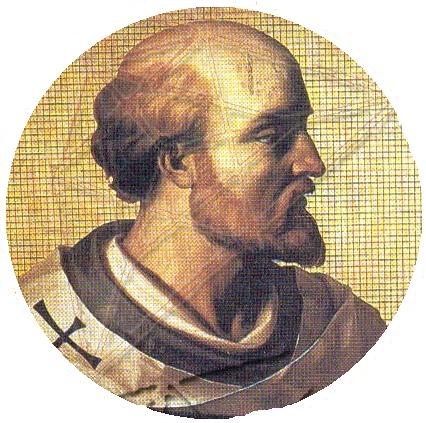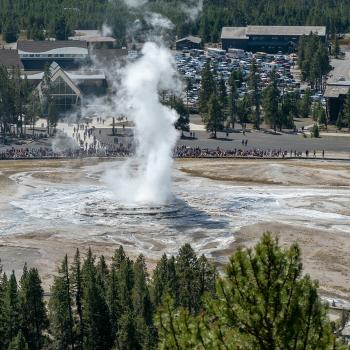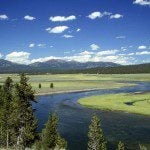
I share just a bit more from James Hannam, The Genesis of Science: How the Christian Middle Ages Launched the Scientific Revolution (Washington DC: Henry Regnery, 2011).
Hannam is a graduate of Oxford University in physics who holds a doctorate from Cambridge University in the history of science. He’s discussing Gerbert of Aurillac (ca. AD 940-1003), a scholar and natural philosopher who eventually became Pope Sylvester II and who, among other things, introduced Arabic numerals to Christian Europe:
Gerbert and all his fellow men and women of any education in 1000 AD were perfectly well aware that the earth was a sphere. . . . The myth that a flat earth was part of Christian doctrine in the Middle Ages appears to have originated with Sir Francis Bacon (1561-1626), who wrongly claimed that geographers had been put on trial for impiety after asserting the contrary. There were a few authentic flatearthers in late antiquity, but none among the scholars of the Middle Ages proper. (27-28)
On the earth as the stationary center of the universe:
Of course, we now know that Gerbert was wrong, but his belief was perfectly rational. For a start, it is self-evident to us all that the earth is not moving. When you are on a merry-go-round, turning at high speed, you have to hang on tight. Gerbert knew how large the earth was, and he knew that if it were rotating every twenty-four hours then he would be travelling on its surface at close to 1,000 miles an hour. He would hardly be able to hang on! Or at the very least, he would feel the winds rushing past him as the atmosphere struggled to keep up with the spinning earth. Likewise, if he threw something into the air, he would note that it fell well behind where it started, as the earth would have moved on by the time it landed. (30)
Before we criticize Gerbert and his compatriots for their foolish adherence to ancient Greek and Hebrew authority, consider this: if someone asked you today to demonstrate that the earth orbits the sun, you almost certainly could not do it. You could show them every book and ask every expert, but you could not provide them with direct evidence without a telescope, a lot of time, and a lot of mathematics. Gerbert lacked the telescope and the math, so we cannot blame him for believing his books when they so clearly echoed common sense. The idea that the earth moves was absurd, and it would take a great deal of careful thought before people realized that it was even possible. (31)











